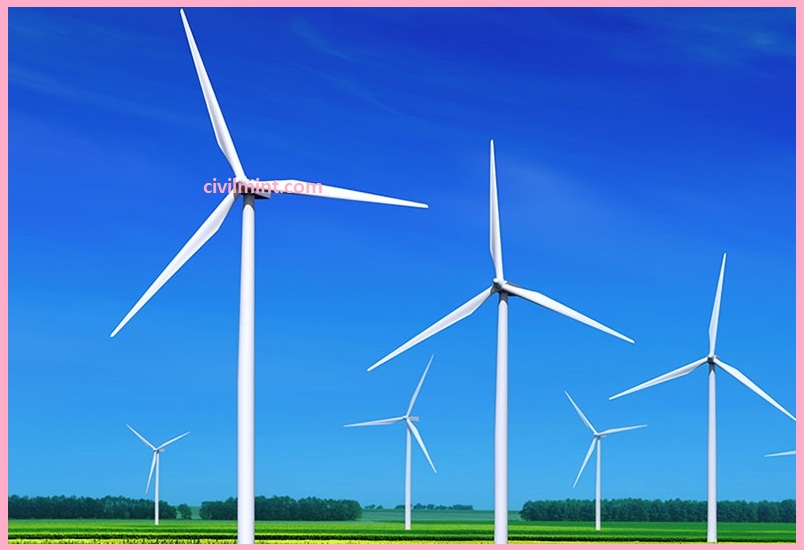A wind turbine is a mechanical system that converts wind energy (wind kinetic energy ) into mechanical energy (rotational strength). These turbines have come to be the most economical energy source. Wind turbines have a superb layout and are very efficient. Professor James Blyth invented the primary wind turbine in the 1887 Century.
Wind energy is an important energy source due to the fact that we use that capacity to produce the cheapest electricity. A wind turbine generator is a mechanical machine that converts the mechanical energy of a turbine into electricity.

A wind turbine is also called a wind power converter. These turbines are manufactured in two designs: horizontal and vertical axis wind turbines. Small wind turbines are used to charge batteries that provide additional energy to caravans and boats. These small wind turbines are also used to power road warning signs. While large wind turbines are being used to add energy to the home, the unused energy is sold to utility companies through the grid.
Electricity produced by wind turbine generators is the cheapest form of electricity than other forms of electricity produced by gas, geothermal, coal, steam, solar, and hydro processes. Wind turbines have minimal greenhouse gas emissions.
Working Principal
When the windmill starts working, the wind first hits the rotor blades at high speed. After that, the rotor blades begin to move in rotational motion. The rotor also rotates with the movement of the blades. This rotor is connected to the gearbox. The gearbox converts the rotational motion of the rotor from minimum to maximum speed.
The reducer is connected to the generator rotor through a shaft. This shaft is connected to the generator coil. This coil moves according to the movement of the gearbox shaft. An exciter is needed to ensure that the generator’s electromagnetic coil system is excited so that the wind turbine can produce electricity as needed.
The voltage developed at the output of the generator is proportional to the magnetic flux and the speed of the generator. The speed is controlled by uncontrolled wind power. Therefore, in order to maintain a constant output of the generator, it is necessary to control the excitation according to the availability of natural wind power.
The exciter current is controlled via a turbine controller that registers the wind speed. After that, the output voltage of the generator is supplied to the rectifier. This rectifier converts the output voltage of the generator into direct current.
The rectified direct current (DC) is then passed to a linear converter to convert it to a stable alternating current (AC) output. Finally, this AC output is distributed through step-up transformers to various hoses, buildings, and businesses. Some accessories are used to supply wind power to the wind turbine’s internal auxiliary devices, such as batteries and electric motors.
Uses of Wind Turbine
Wind turbines are the best source of renewable energy. These turbines are used to produce cheap electricity. Wind energy is used to facilitate the transport of boats across seas and rivers to move goods and people from one place to another. These types of turbines are used to power pumps and draw water from underground through windmills. This type of energy also powers mills that grind grains such as corn and wheat. Wind energy can be considered the world’s fastest-growing energy source. Today, wind energy is used to generate electricity.
